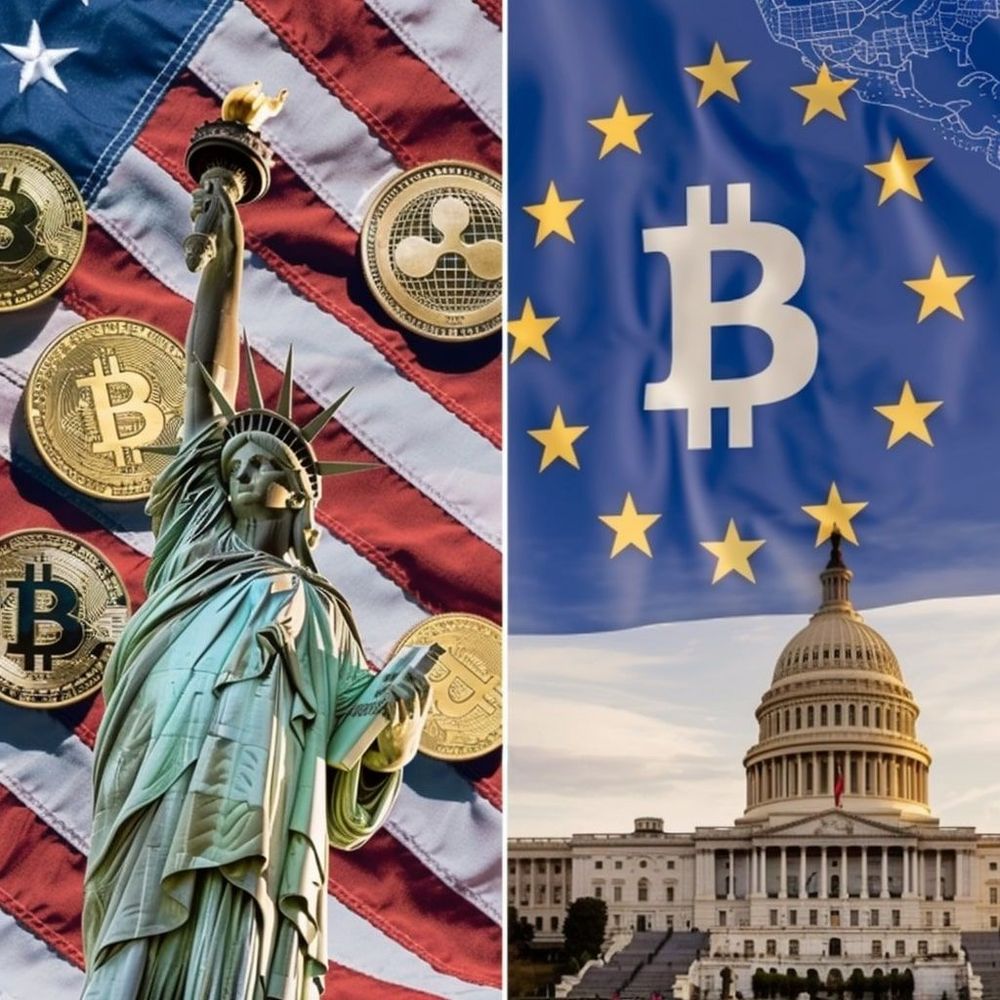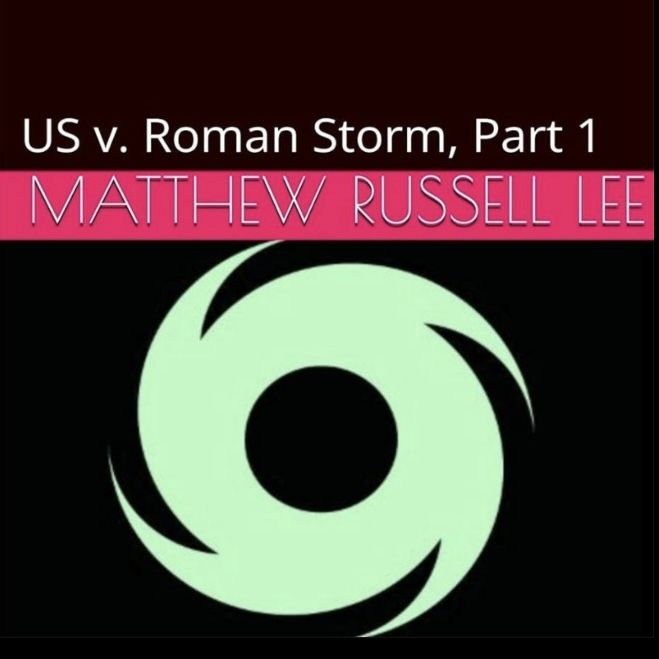US Crypto Support vs. European Caution: A Financial Dilemma
🚨 The Growing Divide Between the US and Europe on Cryptocurrency Regulation: A Week of Key Events
The world of cryptocurrency is once again at the forefront of global financial discussions, with a series of important events this week highlighting the growing divergence between the US and Europe in terms of crypto regulation and adoption. From discussions in the United States aimed at clarifying crypto regulations to the European Central Bank (ECB) issuing warnings about the potential risks of US policies, the future of digital assets is taking shape amid differing geopolitical and economic priorities.
🇺🇸 US SEC’s Roundtable on Crypto Classification: "Spring Sprint Towards Crypto Clarity"
One of the most anticipated events this week is the roundtable discussion hosted by the US Securities and Exchange Commission (SEC). On March 21, the SEC's cryptocurrency Task Force will engage with industry leaders to address the crucial issue of security classification for cryptocurrencies. This discussion is a part of the broader initiative known as the "Spring Sprint Towards Crypto Clarity," which aims to develop a regulatory framework that could define how cryptocurrencies are categorized and regulated in the US.
The meeting is expected to last about four hours, with a focus on the complex issue of whether cryptocurrencies should be classified as securities, commodities, or something else entirely. This classification has major implications for how crypto assets are treated under US law, particularly with respect to investor protection, market stability, and the legitimacy of crypto projects.
🇪🇺 European Central Bank Warns of Risks in US Crypto Embrace
Across the Atlantic, the European Central Bank (ECB) continues to express concerns about the growing US support for cryptocurrencies. Francois Villeroy de Galhau, a member of the ECB’s Governing Council, recently warned that the US’s approach to crypto could lead to the next global financial crisis. In a French interview, Villeroy cautioned that by encouraging crypto-assets and non-bank financial systems, the US government is “sowing the seeds of future upheavals,” noting that financial crises have historically originated in the US and spread globally.
Villeroy’s warning underscores the ECB’s more cautious approach to cryptocurrencies. Unlike the US, which has embraced a pro-crypto stance under President Donald Trump, the ECB has taken a structured approach to regulating digital assets through the MiCA (Markets in Crypto-Assets) regulation. MiCA aims to create uniform regulations for crypto-assets across the EU, thus reducing the risks that come with an unregulated crypto market. This approach is seen as a means of preventing a banking crisis in Europe, similar to those witnessed during previous financial turmoil.
🇺🇸 The US Pushes Forward with a Strategic Bitcoin Reserve
Meanwhile, the US continues its shift toward greater crypto adoption, despite the concerns voiced by European regulators. On March 15, President Donald Trump signed an executive order aimed at establishing a Strategic Bitcoin Reserve and a stockpile of digital assets. This order signals the US government’s commitment to institutionalizing cryptocurrency use and creating a more supportive environment for digital assets.
This initiative marks a significant departure from previous years when crypto regulation in the US was uncertain and often hostile. Following the resignation of former SEC Chair Gary Gensler, the SEC has adopted a more lenient approach to crypto regulation, dropping several lawsuits against crypto firms. Trump’s executive order is seen as a further step toward creating a broader institutional framework for digital currencies and providing a clear signal to the market that the US is preparing for a future where cryptocurrencies play a central role.
💶 The Case for a Digital Euro: Europe's Response to US Crypto Dominance
As the US continues to embrace digital assets, European officials are growing increasingly concerned about the geopolitical implications of this shift. Pierre Gramegna, managing director of the European Stability Mechanism, recently warned that the US’s growing crypto influence could undermine Europe’s monetary autonomy. This has sparked a renewed urgency within European circles to accelerate the development of a digital euro as a counterbalance to the growing dominance of the US dollar in global finance.
Gramegna argued that the US’s shift towards supporting cryptocurrencies could encourage tech companies—both foreign and domestic—to launch dollar-backed stablecoins on a large scale. These stablecoins could further entrench the dominance of the US dollar in international transactions, weakening the euro’s role in the global financial system. As such, the digital euro is increasingly viewed as a necessary tool for maintaining Europe’s financial sovereignty and reducing dependence on US-led financial structures.
In addition to the digital euro, the ECB has expressed the need for Europe to strengthen its savings and investment market, in order to boost investor confidence and attract capital from around the world. By doing so, Europe hopes to increase the value and international standing of the euro, providing a more stable and attractive alternative to the US dollar in the digital age.
⚖️ ECB’s Caution vs. US Crypto Optimism: A Growing Divide
The events of this week highlight the widening regulatory gap between the US and Europe. While the US has embraced digital assets as a cornerstone of its financial future, Europe remains cautious, focusing on regulations and safeguards to ensure the stability of its financial systems. The US’s emphasis on innovation and crypto adoption stands in stark contrast to Europe’s cautious approach, which seeks to balance innovation with financial stability.
Despite the US’s more permissive stance, Villeroy de Galhau and other European officials are adamant that a well-regulated and stable approach is necessary to prevent future financial crises. In contrast, the US appears determined to lead the way in digital asset adoption, with the hope that these innovations will create new opportunities for economic growth and financial inclusion.
As the global crypto landscape continues to evolve, the differing approaches between the US and Europe will likely shape the future of digital currencies, with each region seeking to protect its own financial interests while adapting to the rapidly changing world of digital assets.
TL;DR: Key Takeaways 🔥
- 🇺🇸 The US SEC is holding a major roundtable on crypto classification, aiming for regulatory clarity.
- 🇪🇺 The ECB warns that the US’s crypto-friendly approach could spark a global financial crisis.
- 📈 The US is pushing forward with a Strategic Bitcoin Reserve, signaling long-term crypto adoption.
- 💶 Europe is pushing for a digital euro to counterbalance the growing dominance of crypto and US stablecoins.
- ⚖️ The US and Europe are taking vastly different approaches to crypto regulation, with innovation vs. caution at the core of the debate.
💭 Who’s got it right—Team US 🇺🇸 or Team EU 🇪🇺? Drop your thoughts!

Recent News
All Time High • Live
Have questions or want to collaborate? Reach us at: info@ath.live











